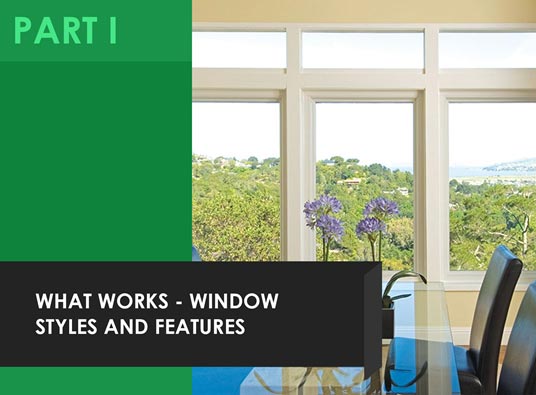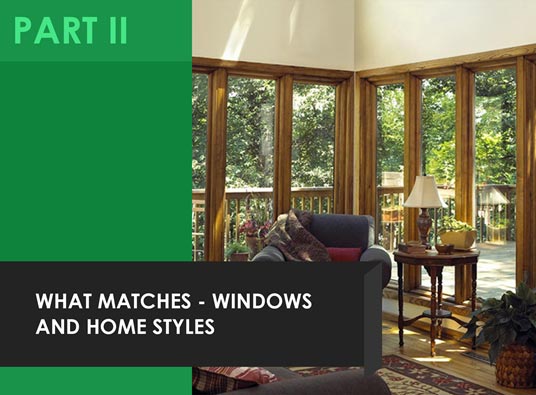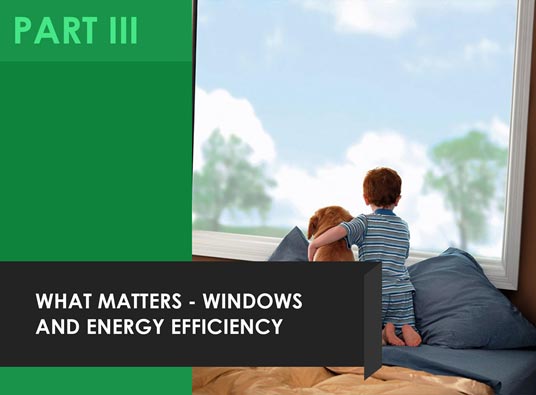MENU


The five most common window styles are the double hung window, picture window, sliding (or gliding) window, casement window, and bay and bow windows, which are variations on the same design. Each window style has certain features that set them apart from the others, making them ideal for certain situations.
Double hung windows are the first thing on people’s minds when they think windows. It is the most popular window style in the United States, after all. Double hungs have been around for centuries but why are they still in use? A big part of that has to do with the double hung window’s design never going out of style. Replacing a window is not something you’d expect to do frequently so your replacement option should definitely be able to stand the test of time in terms of form and function.
Picture windows are the best windows for framing a view, and the large expanse of glass also makes it great for letting light into a room. While it can’t be opened, this feature also makes it the most energy efficient window style. Additionally, it can help offset cooling costs in winter by letting in more heat from sunlight than other windows.
Sliding windows are like smaller, operable versions of picture windows, framing views while offering ventilation. As they need no more than a simple push to operate, they are easy to use, making them convenient as replacements especially in areas with a lot of activity. Of the window types that can be opened, sliding windows also break down the least because they have the fewest moving parts. They also work well with window screens.
Casement windows are the second most energy-efficient windows; the way the sash locks against the frame allows it to seal tightly against air leakage. At the same time, casement windows can provide more ventilation than other windows because they open fully and can be angled to catch side breezes, directing air into a home more effectively.
Bay and bow windows are variations on a design featuring multiple panels, both creating space in the room they’re installed in. Depending on what you require, this extra space can be utilized in many ways, such as a reading corner, breakfast nook, lounging area, or storage.

Aesthetics plays a large part in window choice. With the amount of space they occupy on our homes’ facades, windows that are ill-matched to a home style will stand out like a sore thumb. While your personal sense of style will play a part in matching windows to your home, here are a few things you can keep in mind to help you avoid an ill matchup:

Your windows are part of the seal that keeps your home separate from the outside world. How efficient your windows are at keeping the external environment sealed away has a tremendous effect on your overall yearly heating and cooling expenses.
It’s because how much of the outside world is kept out determines the amount of effort that goes into stabilizing your property’s indoor temperature. The better your windows are keeping what’s out out and what’s in in then, the less work goes into maintaining indoor temperatures.
How do energy-efficient windows achieve indoor temperature stability?
Replacement windows today typically feature dual-pane construction. This improvement came about as single-pane windows were inefficient at keeping temperatures from the outside from affecting what’s inside your home. With two panes to pass through before reaching your home, heat moves more slowly, so less enters your abode. Additionally, inert gases like argon and krypton are used to fill the space between the two panes, further helping stunt thermal activity. Glass panes may also feature low-emissivity, or low-E coating, that filters out heat from the sun.
With dual panes, gas fills, and low-E coatings working together, as much outdoor heat as possible is kept out, meaning it won’t be all that hard to maintain indoor temperature.
Aside from making you comfortable, a stable indoor temperature means your HVAC system need not work doubly hard to maintain ideal conditions. As such, it will not be needlessly consuming energy, which will help you rake in energy savings down the line.
Bonus: Energy-efficient windows are great at keeping air leakage at bay. You know what else they keep out? Noise. Where there is air, sound can follow, so having airtight windows will also help you enjoy peace and quiet on top of comfort and energy savings.
Your window choice will greatly affect form and function in your home so you’re going to want to make sure that you pick out the best option. For help choosing a replacement window, don’t hesitate to get in touch with your local window expert.